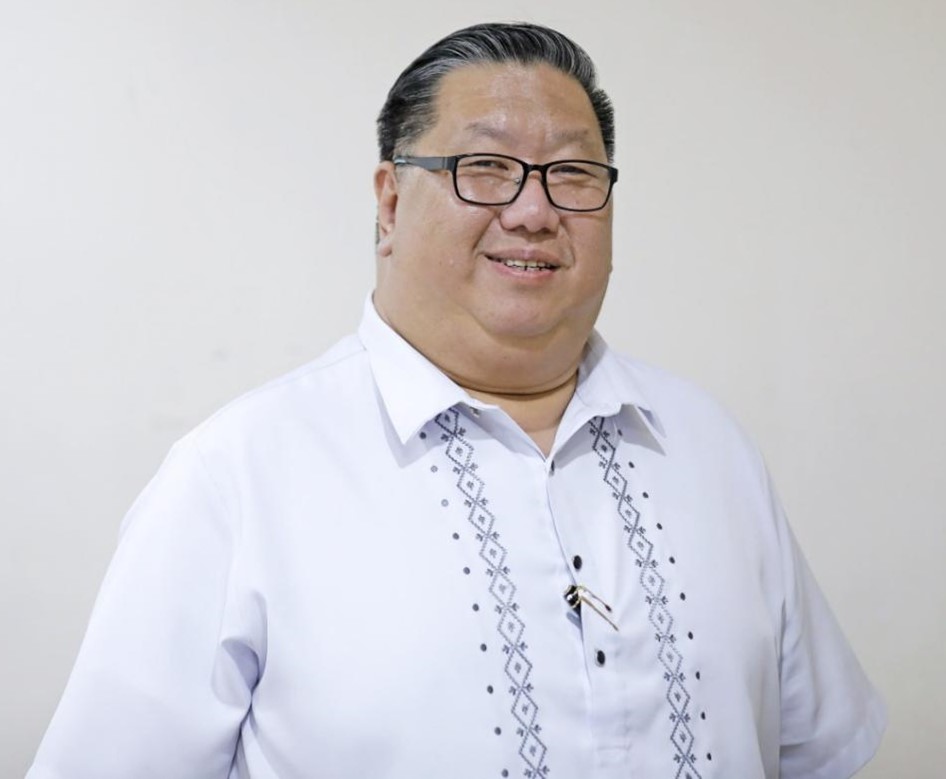FRESH VIEWPOINTS: A NEW PERSPECTIVE
By Brian James Lu
Overseas Filipino workers and the holiday season
Share
An estimated hundred thousand overseas Filipino workers (OFWs) are back in the Philippines for the holiday season. This is the time of the year when they bond with their families as they endure a yearlong absence. Christmas and New Year celebrations have profound significance for OFWs. This season provides emotional connection as they join their families in the country. The emotional, cultural, and social importance of Christmas to families provides impetus for OFWs to spend the season with their families, relatives, and friends.
OFWs experience homesickness abroad as they long for the presence of their loved ones. We all have friends and relatives working abroad, at one time or another, and we know the impact on the family once a parent works abroad. The lack of employment opportunities and low wages in the country compel Filipinos to work abroad so they can provide better financial support for their families.
Employers usually grant OFWs a 15-day vacation for each year of their contract, as stipulated in their employment agreements. The standard contract for land-based OFWs is two years. Overseas Filipinos usually take a single vacation within the contract where they spend 30 days with their families.
The Philippines holds the title of being the number one country in labor exportation. The Philippine Statistics Authority (PSA) estimates that 10 percent of the population works overseas. According to the PSA, from April to September 2022 alone, there were an estimated 1.96 million OFWs, an increase of 7.6 percent in the same period of 2021. The same PSA report also stated that the majority of the OFWs were female (57.8 percent). This confirms the phenomenon of “feminization of migration” in the 1990s when the trend was the migration of a lot of women from the service sector, particularly domestic helpers, who became officially known as household service workers (HSWs). You can just imagine that in 1972, there were only 14,366 overseas contract workers (OCWs). By 1975, when the Marcos Sr. administration started its overseas employment program, the number ballooned to 36,035 OCWs.
The rest is history, as the Philippines has become the largest exporter of labor with a government system in place to process their deployment. The Philippines also has the largest number of seafarers abroad. In fact, the Philippines is called the “seafaring capital of the world” since it deploys 25 percent of the world’s seafarers. This means that for every four seafarers on international vessels, there is one Filipino.
Can you believe that we deployed more than 3,000 OFWs a day in 2022? The highest deployment, however, was in 2016, when deployment was 6,994 per day, for a total deployment of 2,552,879. The trend was increasing until the pandemic when almost all countries closed their borders and hundreds of thousands of OFWs returned to the Philippines, uncertain of the plight of their families.
OFWs are hailed as modern-day heroes because their remittances keep the Philippine economy afloat. Data from the Bangko Sentral ng Pilipinas (BSP) showed that in 2022, personal cash remittances of OFWs reached USD36.15 billion. This represents 8.9 percent of the country’s gross domestic product (GDP). Every December of each year, OFW remittances increase, such as in December 2022, when USD3.49 billion was registered. Why the increase in remittances every December? The holiday season is a cultural practice of gift-giving and also of consumerism when Filipinos buy appliances, clothes, and shoes, among many others. You can just imagine the traffic in the metropolis during the holiday season. In the provinces, people are also buying items for gift-giving. In every corner of the Philippines, OFW remittances are helping the economy as monies flow from OFW families to local stores, shops, and the use of public utility vehicles, among others.
With overseas employment sustaining the livelihood of many Filipinos, I am not surprised when the Social Weather Stations (SWS) said in its survey in April 2023 that two out of ten adults aspire to live abroad and the other 7 percent are already looking for work overseas. The same SWS survey also noted that 75 percent of households often receive money from OFW family members, further immortalizing the situation that the only way out for most Filipinos is to work abroad.
Employers abroad prefer Filipinos because they work hard and can communicate in English. Filipinos are known to be more successful when they work abroad compared to other nationalities. According to data from the Philippine Overseas Employment Administration (POEA), Filipinos can be found in 216 countries, demonstrating their widespread presence. Even in war-torn areas, you can expect an OFW there to be patiently struggling to provide for his or her family back home.
President Ferdinand R. Marcos Jr. has promised to work closely with the governments of host countries to better protect OFWs, as he recognizes the challenges they face. The President’s statement is a recognition of the sacrifices of OFWs and their families. And what better way to acknowledge them for their contribution to the country than to ensure their safety, welfare, and well-being?
Editor’s note: The opinions expressed in the foregoing article are solely the author’s and do not reflect the opinions and beliefs of the Philippine News Agency (PNA) or any other office under the Presidential Communications Office.
Comments
About the Columnist

BRIAN JAMES J. LU, MMgt, is an entrepreneur, business adviser, government consultant, and is deeply involve in civil society organizations. He advocates good governance, ethical business practices, and social responsibilities. He is the President of the National Economic Protectionism Association (NEPA) and Chairman of the Foundation for National Development (Fonad). His broad experiences in the private and public sectors give him a unique perspective to advance his advocacies.
